 by Jeffrey Glazer
Recently, I realized that it’s been years since I’ve spent a dime on efforts to get myself out of pain.
by Jeffrey Glazer
Recently, I realized that it’s been years since I’ve spent a dime on efforts to get myself out of pain.
Before I learned the Alexander Technique, I went to practitioner after practitioner in an effort to find a solution to chronic pain in my arms and neck. But really I was just trying to manage it. In addition to the psychological and emotional cost of having chronic pain, my inability to manage it myself was costing a lot of money.
I went to a great number of medical and nonmedical practitioners. I went to two different neurologists, two different physiatrists, a Lyme disease specialist, massage therapist, multiple physical therapists, an occupational hand therapist, a chiropractor for active release therapy, multiple acupuncturists, a craniosacral practitioner, and an MD for trigger point injections. While I would often feel some relief in the short term, the debilitating pain would always come back.
At first it was similar with Alexander Technique lessons, I would walk out with less pain, but it would eventually come back. BUT, what separated the Alexander Technique from the other things I was trying was that I wasn’t being treated; rather, I was being educated. I was becoming aware of what I was doing that was actually causing my own pain.
For the first time, I made a connection between my use (how I carry myself and react to life) and my pain. And all my teacher, Judy Stern, was doing was bringing my awareness to how I was moving, pointing out areas of excess tension and distortion, and giving me the experience of carrying myself in a radically different, and almost freakishly easier way.
Once I had enough Alexander Technique experience under my belt, I became adept at creating change in myself. I learned to identify when I was doing an activity in a way that would eventually lead to pain, so that I could then use my Alexander Technique skills to make a change. Now, when I start to experience pain, I am self-sufficient in dealing with it, no longer dependent on someone else to make me feel better.
Did years of Alexander Technique lessons, including teacher training, cost money? Of course!
But, the money I’ve spent on learning the Alexander Technique has been an investment, rather than a sunk cost.
And I am now reaping the return on that investment, not only in the form of greater ease and enjoyment of life, but the economic return of savings on health care costs.
As the saying goes, “health is wealth”, now I know that can literally be true.
[author] [author_image timthumb='on']http://www.acatnyc.org/main/wp-content/uploads/2015/01/jeffrey.jpg[/author_image] [author_info]JEFFREY GLAZER is a certified teacher of the Alexander Technique. He found the Alexander Technique in 2008 after an exhaustive search for relief from chronic pain in his arms and neck. Long hours at the computer had made his pain debilitating, and he was forced to leave his job in finance. The remarkable results he achieved in managing and reducing his pain prompted him to become an instructor in order to help others. He received his teacher certification at the American Center for the Alexander Technique after completing their 3-year, 1600 hour training course in 2013. He also holds a BS in Finance and Marketing from Florida State University. www.nycalexandertechnique.com[/author_info] [/author]
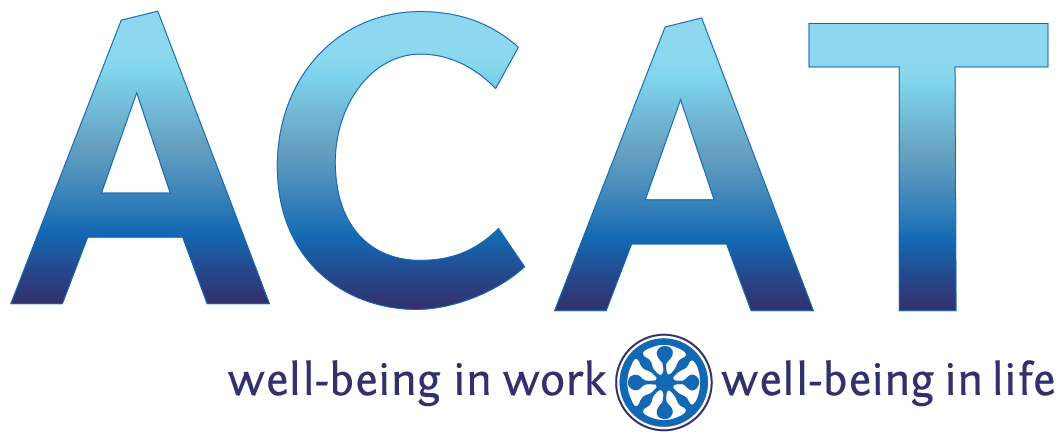

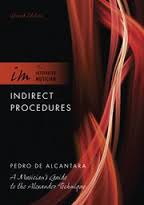

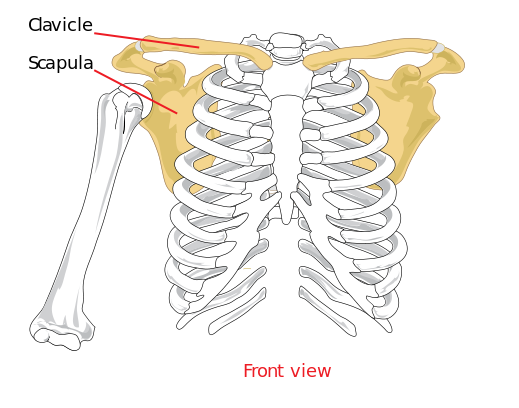 by John Austin
Finding neutral for the shoulders is one of the most challenging things one can do in terms of the use of the self in my experience. Add a complex activity that requires a certain level of ease in the shoulder girdle on top and you’ve got a recipe for paradox and frustration.
by John Austin
Finding neutral for the shoulders is one of the most challenging things one can do in terms of the use of the self in my experience. Add a complex activity that requires a certain level of ease in the shoulder girdle on top and you’ve got a recipe for paradox and frustration.
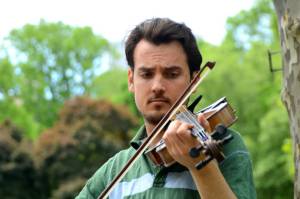 Along the way to becoming a “serious” violist, I was told to keep my shoulders relaxed. So I went about figuring out how to do that. I am meticulous in the practice room and before long I had discovered that I could relax my left shoulder while playing although my right didn’t really follow suit. The static nature of the left shoulder in violin & viola playing allows for a certain amount of relaxation (release of all/most muscle tone) while the larger more dynamic movements of the bow require the arm muscles which originate in the back to be active for movement to occur. The left shoulder can relax even more if you use a shoulder rest as you then virtually never have to move your shoulder.
Along the way to becoming a “serious” violist, I was told to keep my shoulders relaxed. So I went about figuring out how to do that. I am meticulous in the practice room and before long I had discovered that I could relax my left shoulder while playing although my right didn’t really follow suit. The static nature of the left shoulder in violin & viola playing allows for a certain amount of relaxation (release of all/most muscle tone) while the larger more dynamic movements of the bow require the arm muscles which originate in the back to be active for movement to occur. The left shoulder can relax even more if you use a shoulder rest as you then virtually never have to move your shoulder.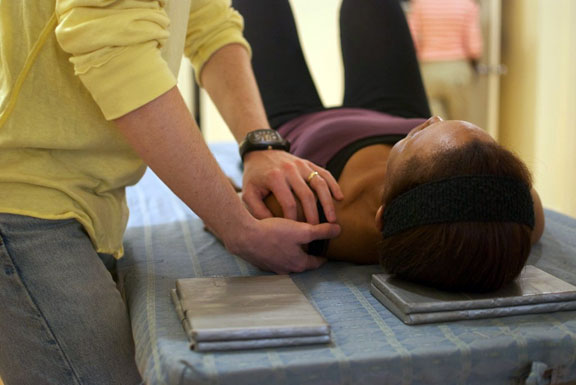
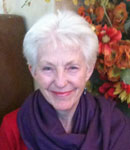 by Judy Stern
by Judy Stern
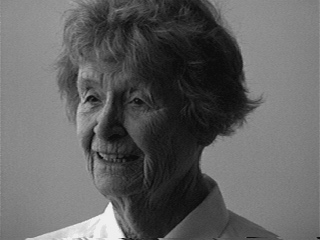 by Witold Fitz-Simon
Marjory Barlow was F. M. Alexander’s niece, who took lessons from him and trained under him to become an Alexander Technique teacher in 1933. She was the first person outside of F. M.’s Ashely Place Training course to start her own teacher training program. As a teacher she combines a no-nonsense, straightforward approach to the work with light-heartedness and compassion. Here she is in an interview from 1986.
by Witold Fitz-Simon
Marjory Barlow was F. M. Alexander’s niece, who took lessons from him and trained under him to become an Alexander Technique teacher in 1933. She was the first person outside of F. M.’s Ashely Place Training course to start her own teacher training program. As a teacher she combines a no-nonsense, straightforward approach to the work with light-heartedness and compassion. Here she is in an interview from 1986.